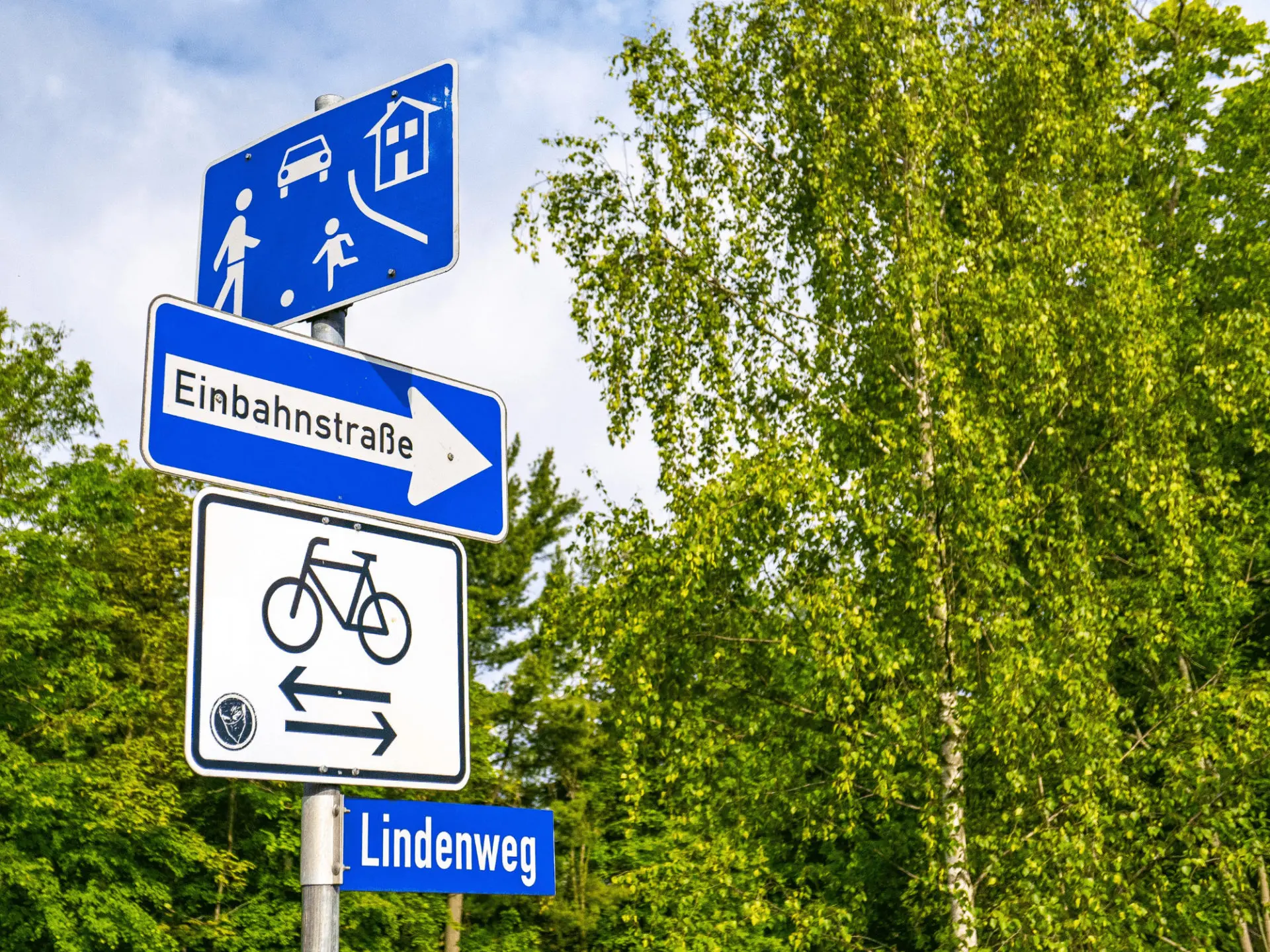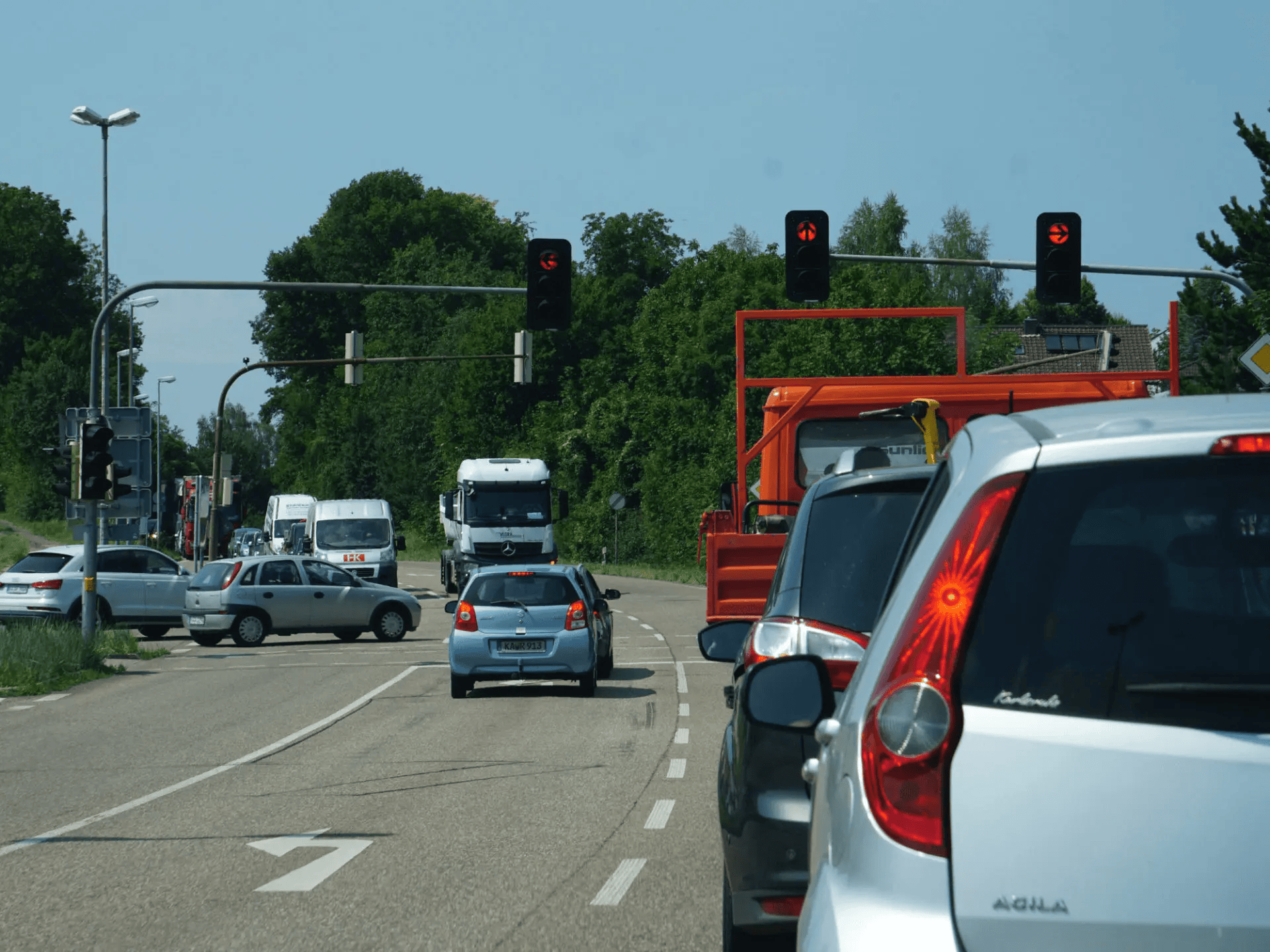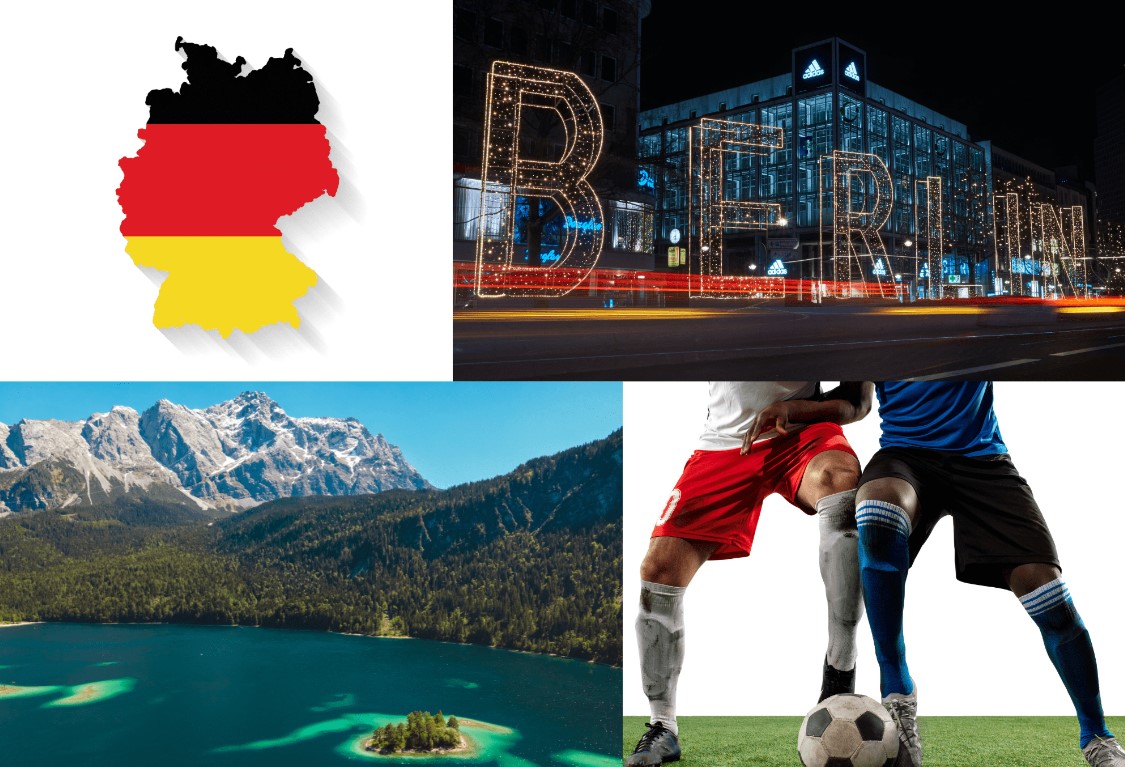Top 7 Essential Tips to Know Before Driving in Germany
Germans take driving very seriously because getting a license is expensive and quite challenging. The rules that guarantee a safe car driving experience in Germany should be understood by those who are unfamiliar with the country’s driving culture.
Understanding the reluctance to drive in Germany is something you must consider while making travel plans there. The German Autobahn or expressways are flawlessly engineered, and some of them have really breathtaking landscapes.
Come, let’s look at the following essential driving requirements in Germany to understand the German driving rules, Autobahn etiquette and laws.
1. The Autobahn Rules –
In Germany, one of the most interesting aspects of driving is navigating the Autobahn. The roads have earned a reputation as some of the fastest in Germany, with drivers regularly clocking speeds of over 200 kilometres per hour. The official minimum speed limit for Autobahns is 60 kilometres per hour. The letter ‘A’ represents the Autobahn. There are approximately 13,000 km of Autobahns in Germany, which allow drivers to travel throughout Germany easily.
2. Right-hand driving rule –
Drivers in Germany drive on the right side of the road. If they are about to overtake a vehicle, they overtake on the left side. Vehicles on the right side may pass vehicles on the left when traffic is backed up and two or more lanes are travelling in the same direction.
3. Understanding Road Signs –
Road signs in Germany are clearly indicated. However, foreigners or tourists should be aware of the signs and their meanings. You can easily learn German online with native teachers and understand the meaning of these road signs.
The majority of road markings are white; however, yellow markings render white markings useless. Cycling is permitted in “Radweg” or bicycle lanes. When people are waiting to cross at a “Zebrastreifen”, drivers are required to stop. Police vehicles are marked with flashing signs that read POLIZEI HALT and BITTE FOLGEN respectively.
4. Well-equipped Car –
Make sure your car has four winter tyres if you have a car and live in Germany or if you are planning a vacation to the country during the winter (even if you have a foreign license plate!). They have the pine tree insignia on their clothing. The four-season tyres marked M+S for Mud & Snow or Matsch & Schnee are also acceptable (this rule only applies until the 30th of September 2024). Any garage can perform tyre acquisition or replacement. Some people will even store your summer tyres. When it’s chilly outside, drivers must also remember to add anti-freeze to the windshield washer.
5. Carry all Official Documents and Kit–
Drivers must have their current driver’s license, vehicle registration, proof of ownership, and insurance documents with you while driving. A first aid pack, a portable red reflector triangle, and at least two reflective safety vests are also required. Winter tyres and snow chains are mandated by law where signs show a tyre with snow chains.
6. Park carefully –
There are various places where you can only leave your car there for a certain amount of time. You must pay attention to the timings and road signs. Install a parking disc, also known as a Parkscheibe, on your dashboard to indicate the time of your arrival. There may also be signage stating that parking is fee-based. There might be a kiosk where you need to insert some change rather than individual parking meters. The receipt (Parkschein) you receive must be displayed on your dashboard.
7. Dial Helpline –
In Germany, it is strictly prohibited to leave an accident site without getting help or providing it. You will have to wait for at least 30 minutes if your car is involved in the accident. Any injuries must be handled on-site if they occur. Any driver involved in an accident must stop completely and dial 112. If you require an ambulance, dial 116177, and if you require the police, dial 110. Those who have acquired fluency till German a1 can easily dial the helpline contacts.
Tourists and people from other countries who live in Germany like to drive because it’s easy to get anywhere by car. If you have a valid driver’s license, the German Autobahn is easy to use and will get you to your favourite places quickly. Before you take your car out of the garage and get behind the wheel, make sure you know the driving rules in Germany and are familiar with how it works.
If you don’t follow the rules and get caught for example by a speed camera (Blitzer), it can be very expensive, and you get penalty points in “Flensburg”.






